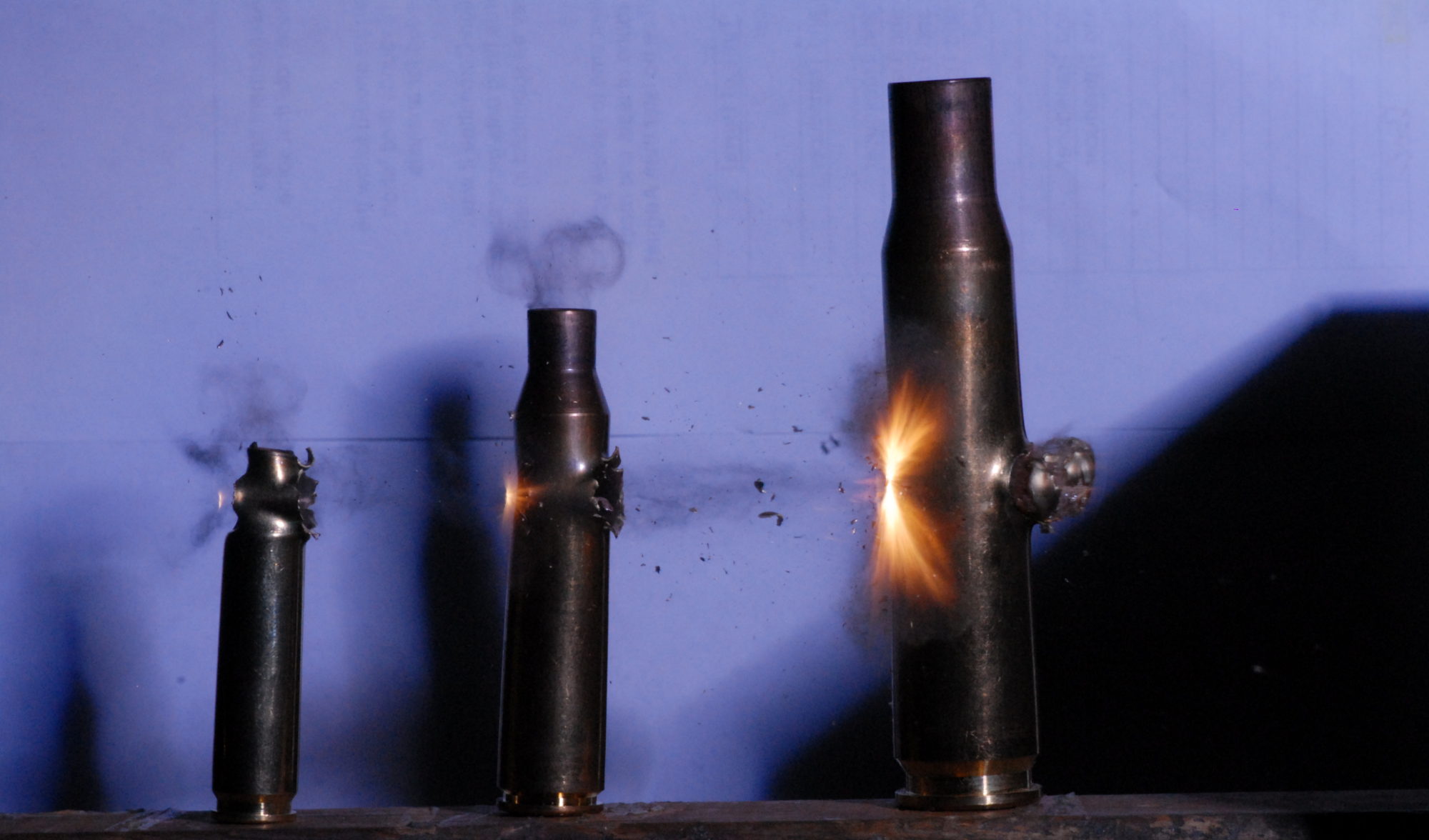There are a few more parts that I have ordered from CNC Warrior that will take a few days to arrive, but there’s still some work that I can do in the meantime.
The sear spring serves a few different functions in this rifle. It provides spring pressure for the rear takedown pin detent, the safety detents, and both the semi-auto sear and the auto sear.

As shown in the above image, you will want to install the T-Nut that the handguard screws into. There is also a stamped piece of metal that makes up the trigger guard that needs to be in position before attaching the spring. This will be shown in later pictures.
In vintage VZ’s this spring was riveted into place. I chose to use M3 screws and nuts since I plan on having the receiver painted. Once everything has been test fired and I am happy with it, I’ll pull everything out of the barrel receiver, have the receiver painted, and then put a dab of Blue Locktite on the screws that hold everything together.

Its important to ensure that the rear portion of the leaf spring makes positive contact with the rear pin takedown detent. If the spring is positioned to far forward not only will it not make good contact with the detend, but it will also cause the safety selector to have a “soft” feel to it.

I used a pick to push down the rear takedown detent and slowly worked the rear takedown pin into position.
The screw for the front of the trigger guard drops into a hole in the receiver. The M3 Screws I had were just a little big to drop into place.



Before I could continue I needed to swap the disconnector from the OEM trigger to the CNC Warrior aftermarket trigger. You can use the OEM trigger as it, but I wanted to make sure that I had the number of US made components I needed to comply with 922R.

The pin was pretty easy to drive out of the OEM trigger. Some care needs to be taken that the disconnector spring isn’t lost once the pin is removed.

I started the pin into the trigger and then assembled the spring and disconnector into place before tapping the pin home.




In order to slip in the safety selector I had to push down the spring leaf with a punch. The selector should slid in. The spring meshes into the detents on the safety. The safety is three positions, and moving between each position should be stiff. Without the auto sear and it’s components installed, two positions will effectively be safe.
The sear that I received from CNC Warrior had little burrs where the sear engages with the striker. You would be surprised how much grab those little burrs have. The sear would not let go and it became a real trick disassembling the rifle.

When set inside the receiver the step faces up, and to the rear. The sear should catch the striker. So when you assemble the bolt carrier group the striker is held back as shown in the photo below.

The dual leaf springs need to be pushed down to allow the sear to ride on top of them. The CNC Warrior’s single piece sear, really only requires one leaf to work, but I didn’t really want to alter the original. The pin should slide into the place, as far as I can tell the pin for the trigger and the sear are identical.
At this point you should be able to assemble the rest of the rifle.

The kit I purchased has both the synthetic wood stock and the all metal folding stock. Since this is going to be a truck gun, I opted to attached the folding stock. The stock attaches via a single screw on the rear of the receiver. The kit did not have this screw, and I had to do some searching to find one online. I finally did, through Ebay.

